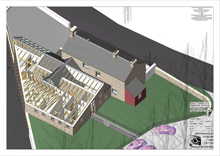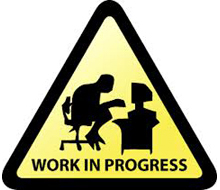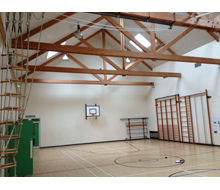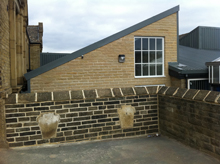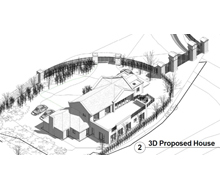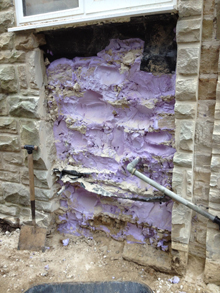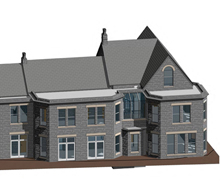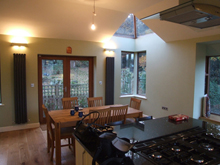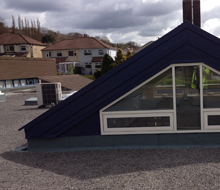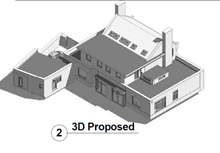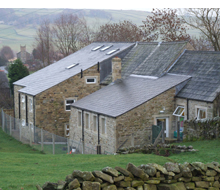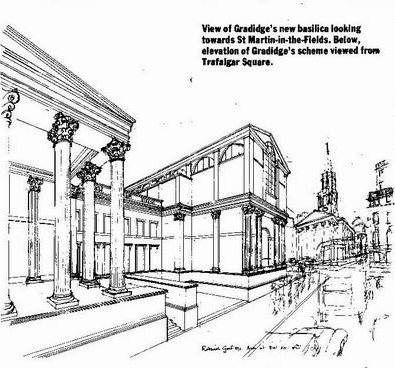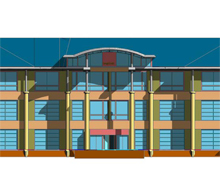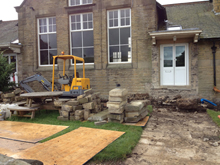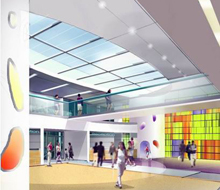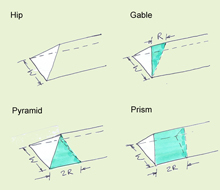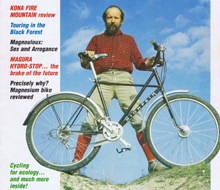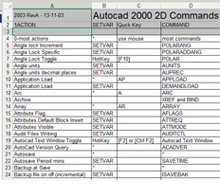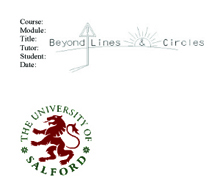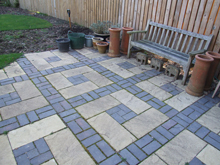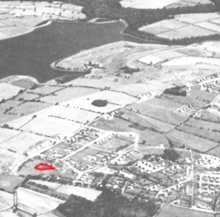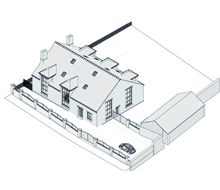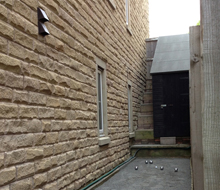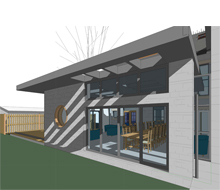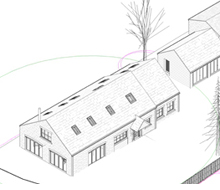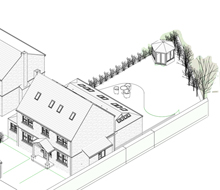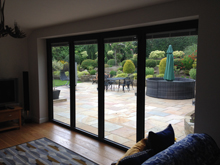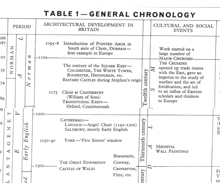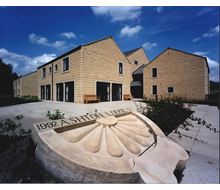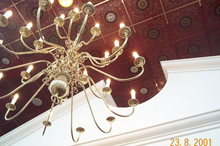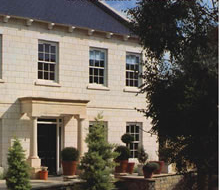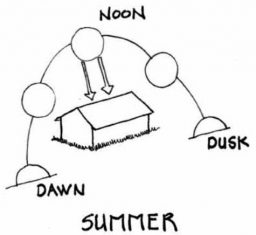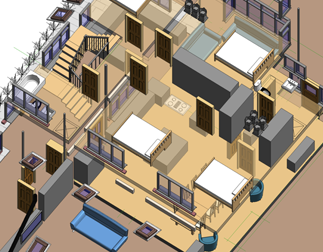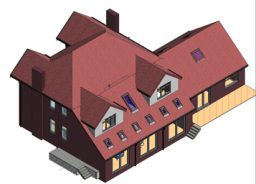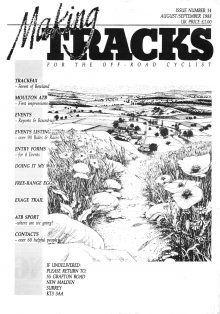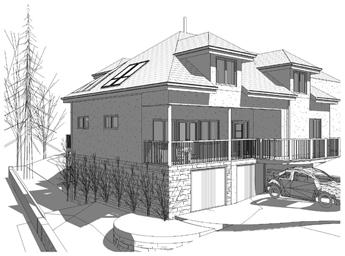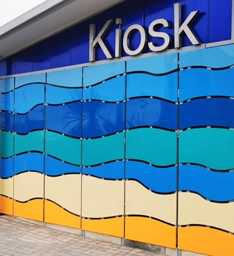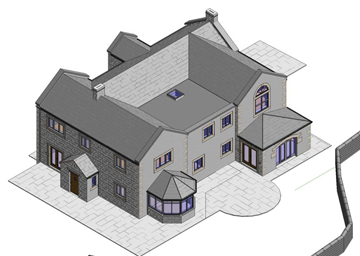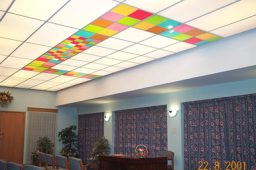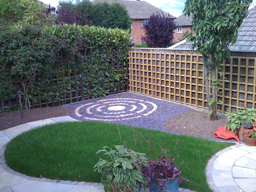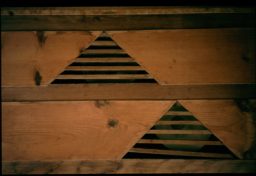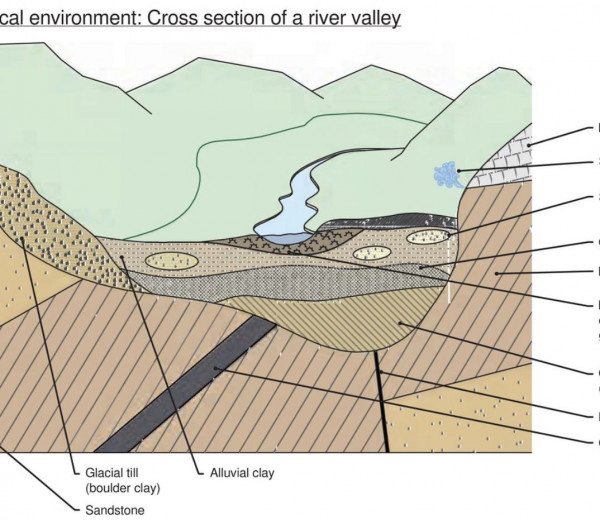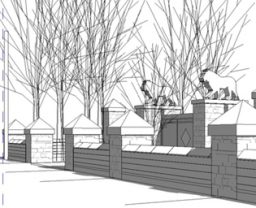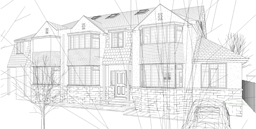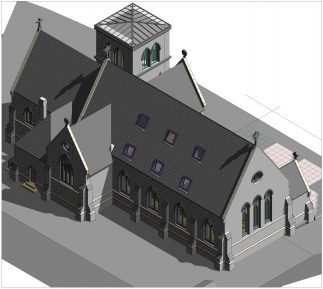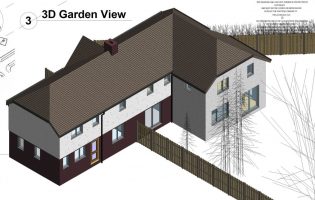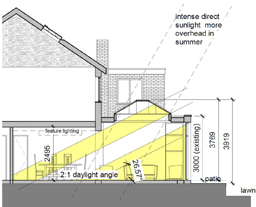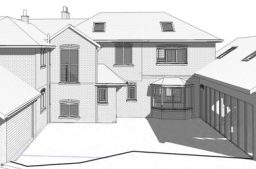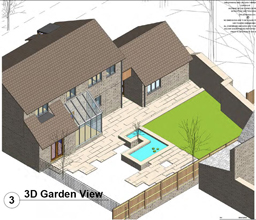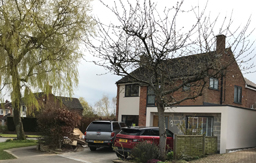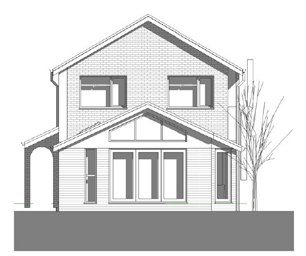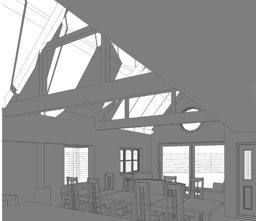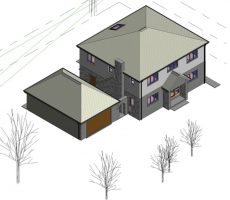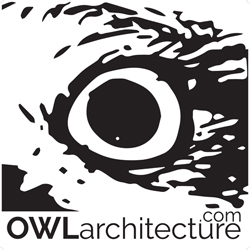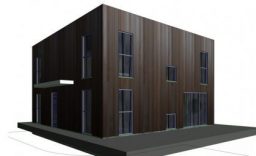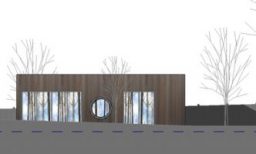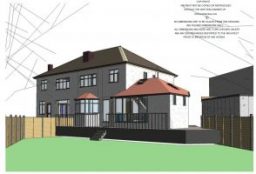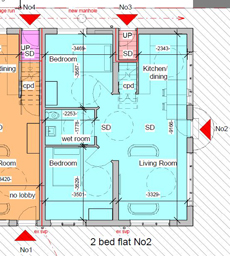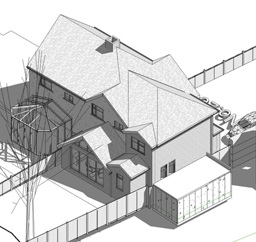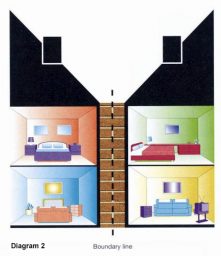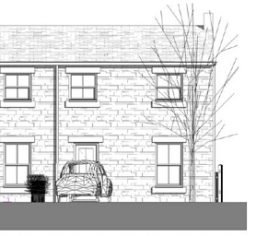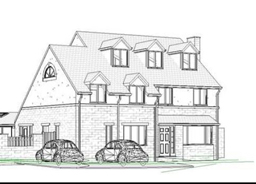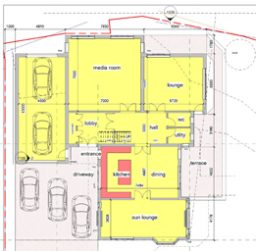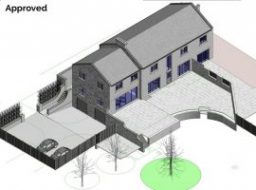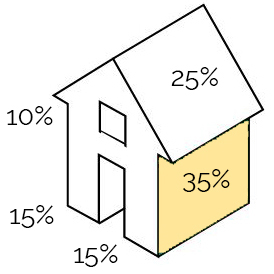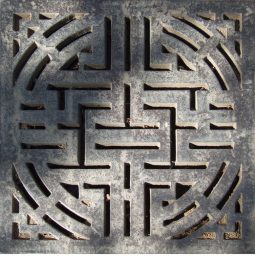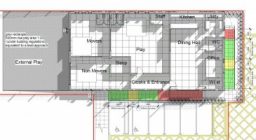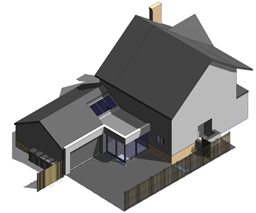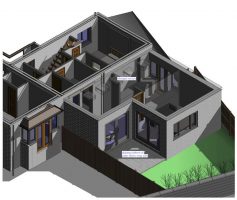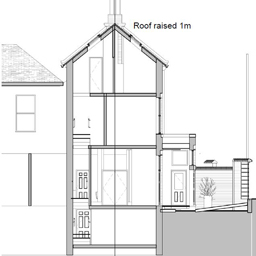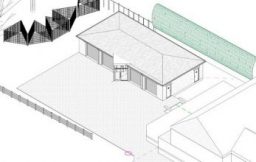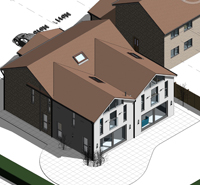AJ Article – Bits 2 Bricks – 1997
BITS TO BRICKS…….SOHO and UFF — AJ Focus article 1997 — Have we got there yet?
Grahame White discusses the needs of the typical architect’s practice and calls for a UFF: Universal file format.Talk about ubiquitous data and the maturing of CAD seems a long way from a TAP, Typical Architects Practice. What is a TAP? Is it an individual listed on the ARB database, working alone in an office above the
garage or is it a building with row upon row of drawing spaces awaiting its daily ritual of commuters?
You probably work in an environment that is neither of these extremes. If you are the silent majority working in one having ten or less staff then this brief discussion is for you.
Functions of the office”.
- produce invoices
- keep track of accounts (including VAT)
- produce reports with tables and diagrams, photos and calculations
- create and update drawings
- keep track of drawing revisions and drawing issues
- generate simple effective, quick models to produce walk-through animations
- generate photo realistic images
- do all this without the need of a keyboard and bulky equipment
- seamlessly exchange data with others
- safely keep current and archive documents
Your probably are already aware that there is no software out there that does quite what you want it to. Unfortunately you will need many programs to achieve a reasonable variety of tasks and each program will generate a different form of data file. Thus Word uses ‘doc’ files Autocad uses ‘dwg’ files, Excel uses ‘xls’ files. Some of these tasks have been grouped together into suites of software – such as Microsoft Office but still
use different file formats. Each application program has specific requirements for a file type to store its own information. If only there were a ‘UFF’ file i.e. a Universal File Format that could store all types of information for all kinds of applications a kind of Universal Database. Maybe the Intergraph Jupiter technology will ultimately lead to such an ‘object’ and that OBJECTIVE DATA will become application neutral. – Have we got there yet?
Levels of expectation
What Office Suite? and What Cad package? are big questions with a ‘suck it and see‘ answer. You start with a very high expectation of computers and their capability, in time your expectation is diminished by ‘education’ of what is possible but conversely in time what is possible increases. When your expectation line and the deliverable functionality line cross – you make your purchase.
We should continue to strive to move the point of purchase further up the line of expectation. To do this the
computer industry needs to ask naive questions of itself: why can’t I do that?
Are the expectations of our customers really that unreasonable?. We should start to demand that the IT
industry deliver – Transparent Task Orientated Tools – to the end user where the Universal File Format
facilitates the creation and integration of all kinds of documents.
Intergraph looked into this with The Jupiter Project……
Portfolio
- All 99
- [FILTER X] to close menu 1
- 1. All Buildings 41
- 2. Residential 56
- 3. Garden Design 3
- 4. Information 19
- 5.Non Residential 15
- 6. Photo Galleries 3
- Add Storey 3
- China 1
- Contemporary Home 13
- Country Home 9
- Detached 33
- Duplex 1
- Eco Home 5
- Extension 37
- Front Dormer Windows 4
- Garden Building 6
- Graphics 1
- Green Belt 8
- Innovative Home 11
- Large Home 29
- Listed/Conservation 14
- New Build 10
- New Zealand 1
- Permitted Development 15
- Permitted.Dev + 9
- Planning Appeals Won 4
- Restoration 6
- Retirement 3
- Schools 9
- Self-Build 10
- Semi-Detached 16
- Small Home 6
- Terraced 5

